

The strong wind brought by the typhoon may cause damage to the photovoltaic modules of the photovoltaic power station. High wind speed and the oscillating effect of the wind will cause the photovoltaic modules to crack, deform or fall off, thus affecting the power generation efficiency of the power station. The continuous heavy rainfall accompanied by typhoons may cause damp, damage or short circuit to the equipment inside the power station. In particular, the cables and connectors of the power station are prone to moisture and corrosion, which may easily lead to leakage or failure of the power station. Typhoons may also cause power interruptions to the grid. Once the grid power supply is interrupted, the photovoltaic power station cannot transmit the generated electric energy to the grid, resulting in the shutdown of the power station. In addition, if the photovoltaic power plant does not have backup power or energy storage equipment, it may not be able to continue to operate during a power outage.
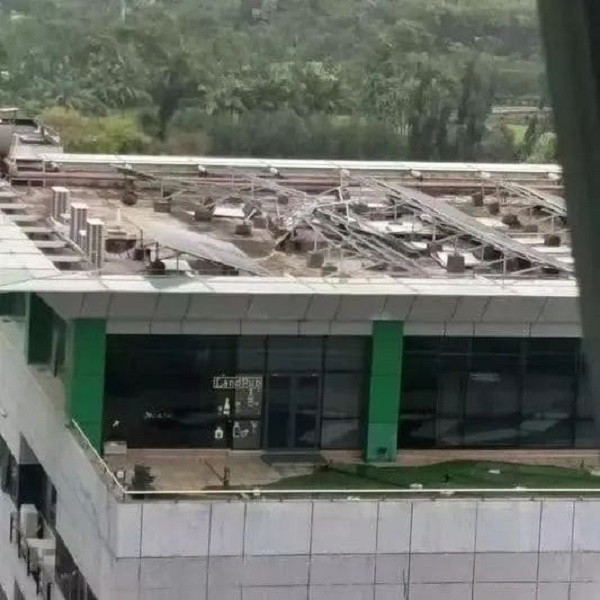
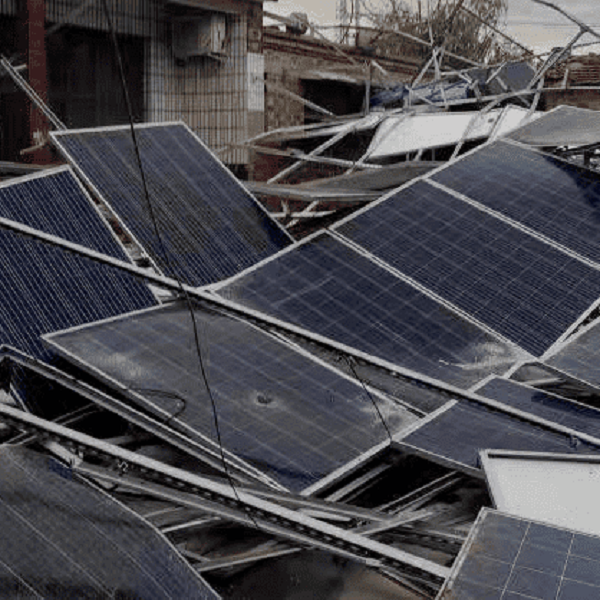
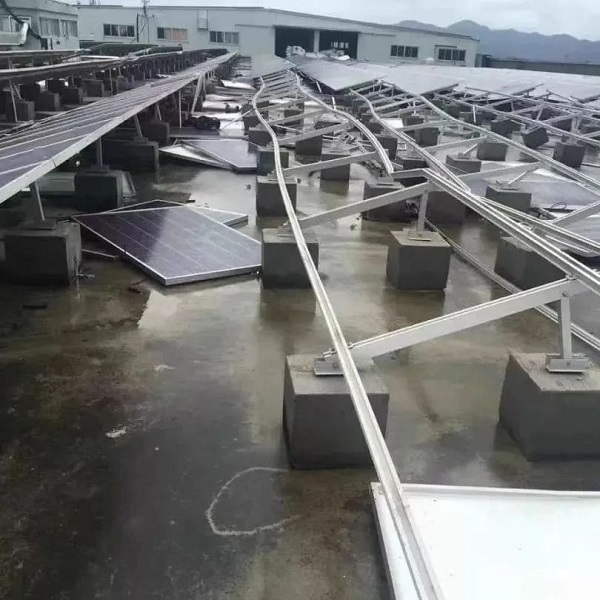
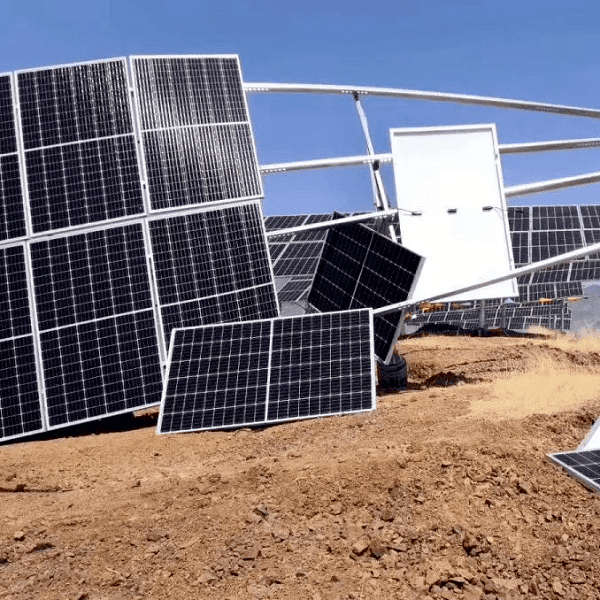
The successive intrusions of typhoons are undoubtedly a major test for photovoltaic modules exposed outdoors. In the face of a typhoon, what knowledge do photovoltaic power plant owners need to know?
01. Before the typhoon comes, check whether the equipment of the photovoltaic power plant is in good condition, especially key components such as battery packs, inverters, and junction boxes, and repair or replace damaged equipment in time to ensure the normal operation of the power plant.
02. Ensure that the fixed facilities of the photovoltaic power station are firm and reliable, such as the brackets of solar panels and the fixing of cables, so as to reduce the risk of being affected by typhoons. These include whether the screw fasteners and fasteners are fastened firmly, and check if the middle and side pressure blocks of the photovoltaic power station are loose, please fasten them in time. In addition, pay attention to strengthening key parts such as battery storage facilities and inverter installation locations to prevent them from being damaged or destroyed.
For photovoltaic power plants installed with hooks and clamps, check whether the hooks and clamps are firmly installed. For a photovoltaic power station installed on a flat roof, double strands of 2 mm2 iron wire can be used to bind and fix the tandem modules on the windward side. For power stations with relatively small fixed piers, sandbags, concrete blocks, stones, etc. can be used to increase the counterweight of the power station. Photovoltaic power stations without protective brackets should be installed as soon as possible, and the windproof tie rods should be fastened. The ground power station should tamp the ground anchors on both sides of the array in time.
03. Formulate emergency plans for photovoltaic power plants, including response measures when typhoons come, personnel evacuation arrangements, equipment shutdown and restoration, etc. Make sure that team members are familiar with the content of the emergency plan and conduct regular drills and training.
04. Maintain communication and coordination with local power companies, government departments and other owners of photovoltaic power plants, share information and resources, and jointly respond to the impact of typhoons.
05. After the typhoon passes through, check the insulation and sealing of each electrical equipment in the photovoltaic power station, and check whether the AC and DC terminals are connected normally. In case of low terrain, high water level, flooding of the combiner box, etc., the ground photovoltaic power station should try to remove the grid-connected inverter from the site or relocate it on a high ground.
When a typhoon passes by, the strong wind may cause pressure and vibration to the solar modules, resulting in loosening or damage to the structure. Especially on weakly installed or aging components, the wind may cause the components to fall off or be damaged. The heavy rain brought by the typhoon may cause the surface of the photovoltaic module to be eroded by rainwater, thereby affecting the light transmission ability and power generation efficiency. Rainwater can also get inside components, causing electrical failure or corroding components. In addition to taking precautions in advance, it is also very important to choose a high-quality photovoltaic module when a typhoon strikes.
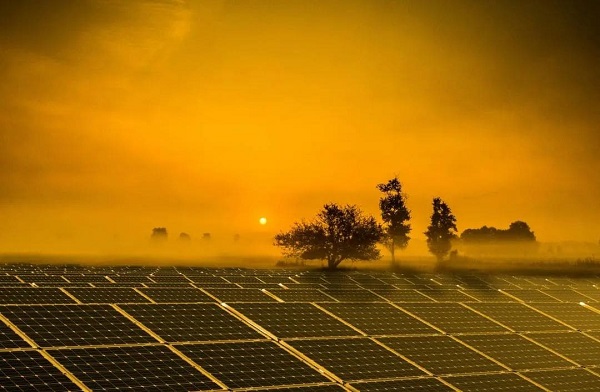
Osda Solar, a global provider of smart energy solutions, Osda Solar modules always take "quality is the primary productive force" as its tenet. ODA series modules are designed with high-strength materials and stable structures, and have excellent wind pressure resistance to ensure that the modules remain stable in strong wind environments. After wind tunnel testing and simulation analysis, the ODA series is designed to operate safely at high wind speeds and effectively resist the impact of wind. The module has also passed the wind load certification of 2400Pa and the snow load certification of 5400Pa, which shows the ability to resist wind load.
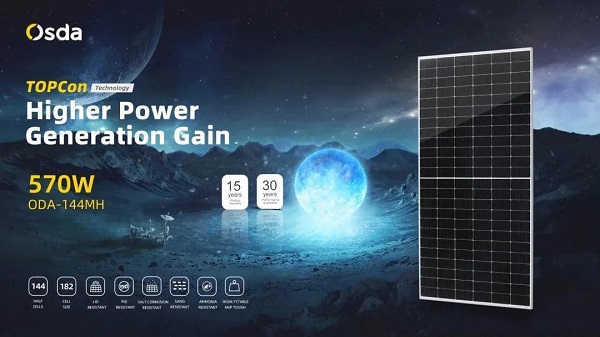
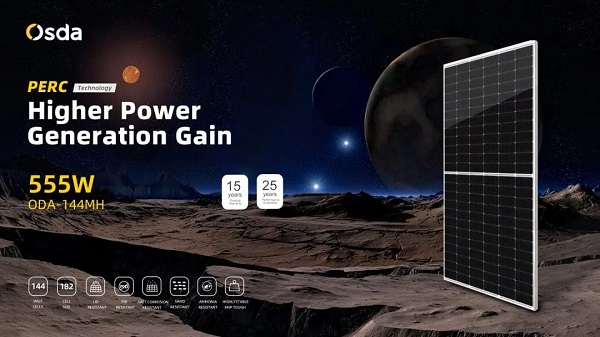
The excellent performance of Osda Solar modules in the face of typhoons comes from the company's unremitting pursuit of quality. In the future, Alder Optoelectronics will continue to uphold the values of customer-centric, dedication-oriented, continuous improvement, and continuous innovation, and continue to create safe, efficient, and reliable products, create more value for customers, and contribute to the global energy green transformation A solid strength.